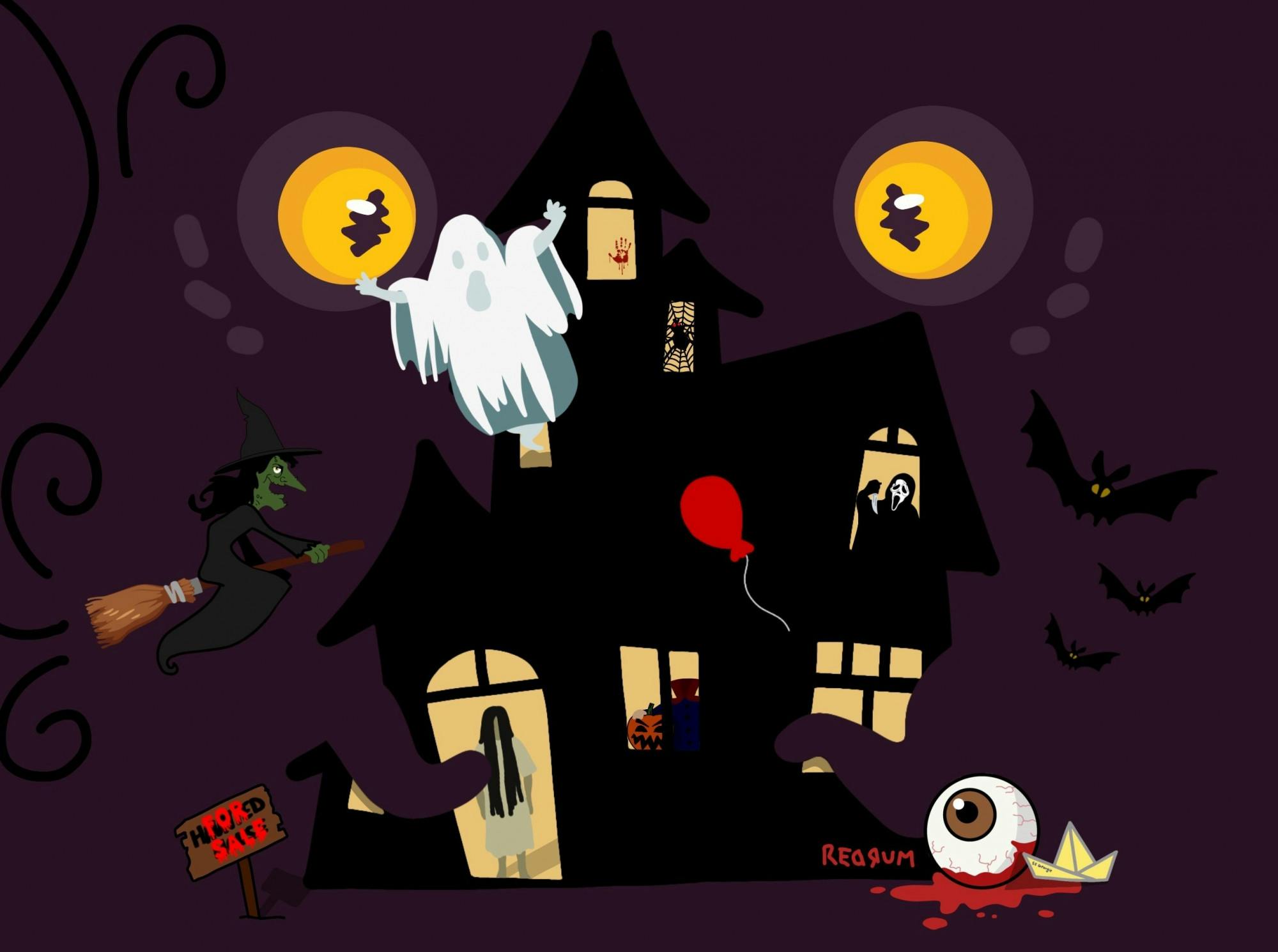Horror movies have been one of the cornerstones of film since the beginning of film history with movies like "Creature from the Black Lagoon" and "Nosferatu." Nowadays, the audience expects more from horror films, wanting to see diversity and inclusion reflected in the casting of these films.
Many horror films cast women, specifically women of color, as background characters, making them the targets of violence or even the villain of the film. Over time, these constant narratives in movies push the film industry backward when it comes to representation, according to media studies and Ph.D. candidate Ana Ponce Castañeda.
Castañeda is writing a research dissertation on how horror movies have created cultural misperceptions and minority groups becoming negatively affected by often seeing themselves as the victim.
Throughout her education, Castañeda has been interested in studying cultural body studies. This concept explores the idea that a body is more than just a body, but also shares the culture behind the person's body. She explained that these movies have effects on cultural bodies.
“I'm really interested in how we see this in movies in theaters … and then how it has an impact on our mindset because it's this kind of psychological representation," Castañeda said. "You see something in the movies, and then you act on it, even if you're not really conscious about it. Movies represent reality; it's kind of a cycle.”
Being from Mexico, Castañeda has centered her research around how Mexicans look at horror movies. She said they do not see the same modernization in the horror genre that the U.S. has seen in the last couple of years, which puts Mexicans at a disadvantage.
“We have a lot of movies that come from Hollywood that are looking forward to changing a little bit with the image of women like stopping … portraying them as victims, and kind of more in an agency role," Castañeda said. "They have the possibility to play the role in the movie not as a victim and not as a monster.”
Castañeda is studying films that date back to the 1920s where minorities are depicted as the monster, or things to be afraid of and comparing them to today's movies, where the goal is to subvert this.
“I'm trying to portray minorities not as something that we need to fear ... In my case, as a foreigner and as a woman we are part of these minority groups," Castañeda said. "We can also tell our stories … not feeling like something frightening, but also like that we have like our own version of the story.”
Castañeda wants the industry to be more diverse and inclusive. She said the public should rid of the term "forced inclusion," because human nature is diverse. As the film industry grows, she said, it's an ongoing process.
Unhelpful changes of representation, Castañeda said, include subverting the film's violence to groups of white people and letting minorities survive. She said this doesn't answer correctly to the years of stereotyping and more research is needed in cycles of representation so society doesn't fall to harmful habits.
Apparel and textile sophomore Halina Newland has been noticing these patterns since she became a horror fan.
“It seems to me that women of color in movies always get killed off first or die in some horrible way that no one else did like the producers have some weird aggression towards them,” Newland said in an email. "I think it gives minority kids a horrible representation of themselves. They only ever see themselves as unwanted and second best to other characters.”
Newland said that women are always seen as background characters, usually characterized as unlikable or annoying, rarely taking up any room in the film. Having women of color survive at the end of the movie, she said, would be best, as well as giving characters personalities not reliant on stereotypes.
Psychology junior and president of the Black Media Entertainment group August James said that typecasting is another microaggression that horror is guilty of and it puts actors of color in a box in the industry. Typecasting is a process by which an actor becomes inseparable from a character that they played, which hurts their roles in other films.
“Typecasting … needs to be acknowledged," James said. "In the industry, a lot of people and women of color in general are cast to certain types of roles … so it doesn't give them a range to be diverse in their acting careers.”
Castañeda hopes that with her research, she can positively contribute to the industry and the minority groups negatively affected by the horror genre.
“I'm a horror movie fan, and as a feminist and as a grad student, these are things that I love," Castañeda said. "I have found this specific space that is horror to talk about things that are important for us nowadays like inclusion and diversity and trying to be a more open society. I think it's important because maybe out there people can do the same in their own fields in their own interests.”
Support student media!
Please consider donating to The State News and help fund the future of journalism.
Discussion
Share and discuss “How misrepresentation in horror films effects women and minorities” on social media.







